Exploring the Amazon: Adventure Angling for Peacock Bass
The mighty Amazon rainforest, with its sprawling river systems and diverse ecosystems, presents one of the world’s most extraordinary fishing adventures. Among the treasure trove of aquatic species that call these waters home, the peacock bass stands out as the crown jewel for anglers seeking both challenge and beauty. This vibrant, aggressive predator has earned its reputation as one of the most exciting gamefish on the planet, drawing adventurous fishermen from around the globe to test their skills in the heart of the Amazon. The journey to catch these magnificent creatures isn’t merely a fishing trip—it’s an expedition into one of Earth’s last great wilderness areas, where the primal connection between angler and fish plays out against a backdrop of unparalleled biodiversity.
The Allure of the Peacock Bass
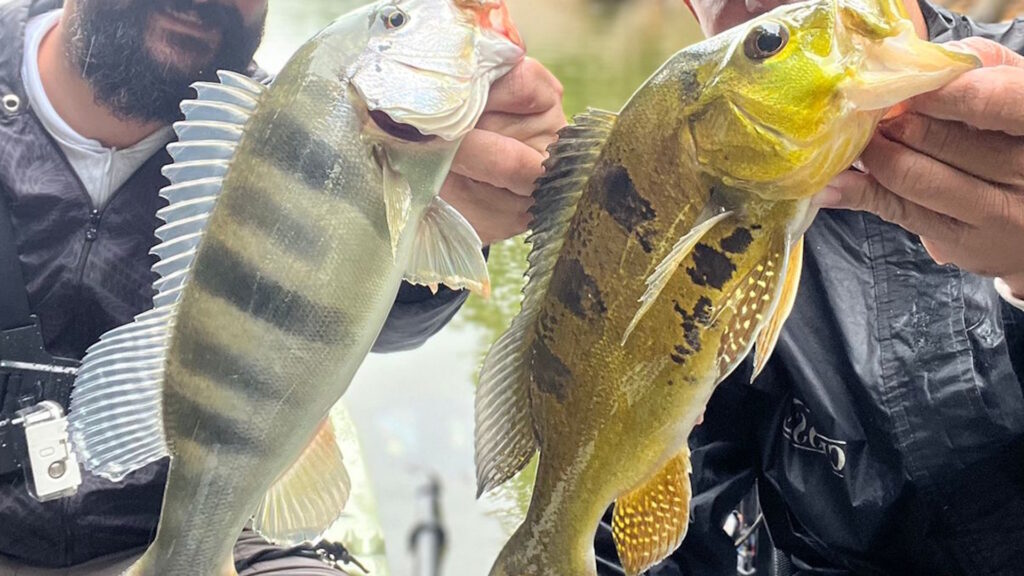
The peacock bass (Cichla spp.) isn’t actually a bass at all, but rather a member of the cichlid family, native exclusively to the Amazon and Orinoco basins. What makes these fish so captivating is their stunning appearance—adorned with vibrant greens, yellows, and oranges, with most species featuring a distinctive eye-like spot (ocellus) on their tail that resembles a peacock’s feather, hence their common name. Beyond their beauty, peacock bass are renowned for their explosive strikes and powerful fights, often launching themselves completely out of the water when hooked. Trophy specimens can reach over 20 pounds, with the world record exceeding 29 pounds, making them a worthy adversary for even the most experienced anglers. Their combination of visual appeal, aggressive behavior, and fighting strength has earned them legendary status among fishing enthusiasts worldwide.
Understanding the Amazon Ecosystem
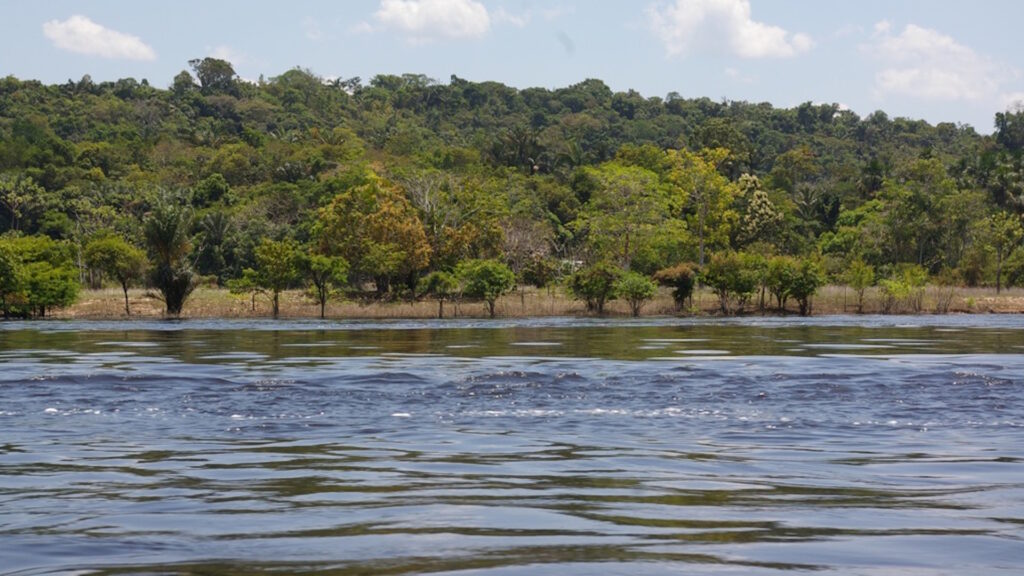
The Amazon Basin encompasses the largest tropical rainforest on Earth, covering approximately 2.7 million square miles across nine South American countries. This vast watershed contains about one-fifth of the world’s freshwater and hosts more than 2,500 fish species—more than any other river system. The complex interplay between seasonal flooding cycles, water chemistry, and habitat diversity creates the perfect environment for peacock bass to thrive. During the dry season (roughly September to March in most regions), water levels recede, concentrating fish populations in the main river channels and lagoons, making this the prime time for fishing. Understanding this ecosystem is crucial not only for successful angling but also for appreciating the delicate balance that supports these magnificent gamefish. The Amazon’s health directly impacts peacock bass populations, highlighting the connection between conservation and the future of this premier fishing experience.
The Different Species of Peacock Bass
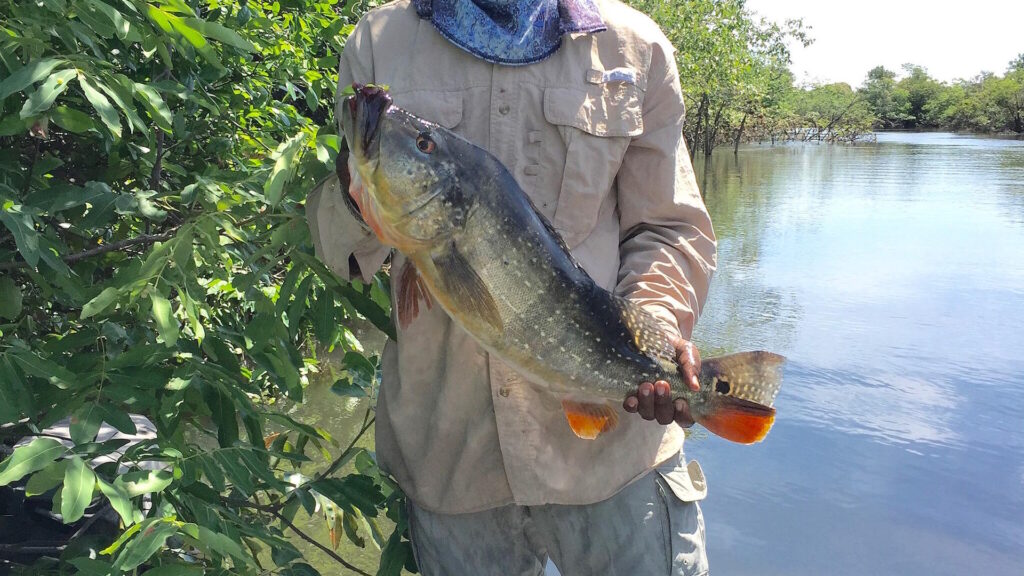
While often discussed as a single fish, the peacock bass actually comprises several distinct species within the Cichla genus, each with unique characteristics and habitat preferences. The speckled peacock bass (Cichla temensis), also known as the three-barred or tucunaré açu, is the largest and most sought-after species, capable of reaching well over 20 pounds. The butterfly peacock bass (Cichla ocellaris) is smaller but more widespread, recognized by its distinctive butterfly-like pattern on its sides. The royal peacock bass (Cichla orinocensis) features beautiful blue speckling and thrives in the blackwater tributaries of the Amazon. Other species include Cichla monoculus, Cichla kelberi, and several others that scientists continue to study and classify. Each species exhibits slightly different behavioral patterns and preferred habitats, which can influence angling strategies and locations within the vast Amazon system.
Planning Your Amazon Fishing Expedition

Embarking on an Amazon peacock bass adventure requires careful planning, as this isn’t your typical weekend fishing trip. Most serious anglers opt for specialized fishing lodges or live-aboard mothership operations that provide access to remote, less-pressured waters. The best trips typically run during the dry season (September through March), when water levels are lower and fish are concentrated in more accessible areas. Researching reputable outfitters with experienced guides familiar with local waters is essential, as their knowledge can make the difference between occasional catches and consistent trophy opportunities. Documentation requirements vary by country, but typically include passports, visas for the country you’ll be fishing (Brazil, Colombia, Venezuela, etc.), and potentially specific fishing permits. Medical preparations are equally important, including vaccinations for yellow fever, typhoid, and hepatitis A, along with antimalarial medications, as recommended by travel health professionals.
Essential Gear and Tackle
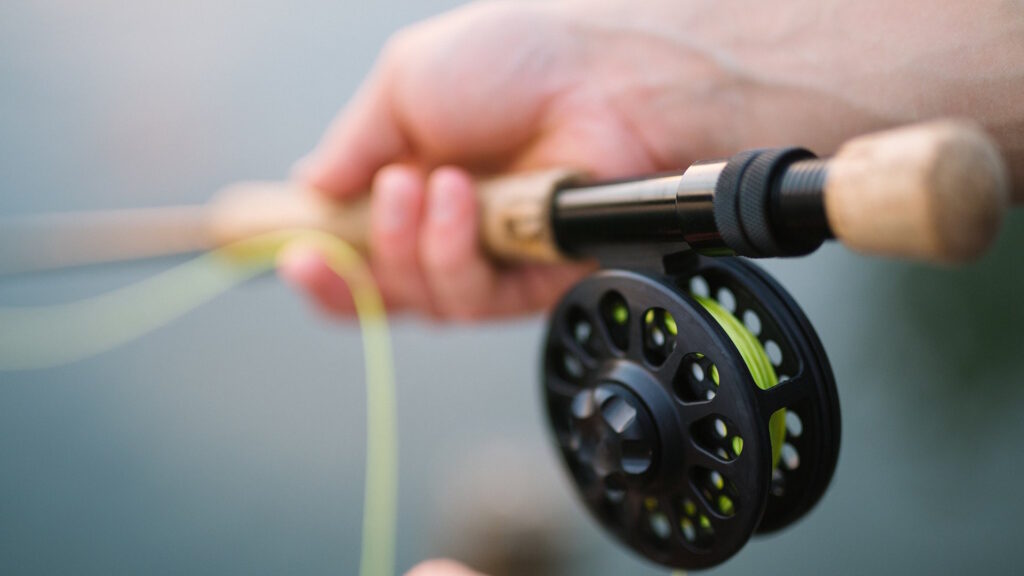
Successful peacock bass fishing demands specialized equipment designed to withstand both the fish’s powerful fights and the challenging Amazon environment. Medium-heavy to heavy baitcasting or spinning rods in the 7-foot range, paired with high-capacity reels with smooth drag systems, form the foundation of your tackle. Line selection is critical—30 to 50-pound braided line offers the necessary strength while maintaining sensitivity for detecting subtle strikes. Terminal tackle should include steel or heavy fluorocarbon leaders (40-80 pound test) to prevent bite-offs from the peacock’s sandpaper-like teeth. The most productive lures include large topwater plugs, substantial woodchoppers, propbaits, and noisy, flashy spoons that trigger the peacock’s predatory instinct. Beyond fishing gear, essential items include lightweight, quick-drying clothing with UV protection, wide-brimmed hats, polarized sunglasses, heavy-duty insect repellent, and comprehensive first aid supplies designed for remote travel.
Effective Fishing Techniques

Peacock bass fishing techniques differ significantly from those used for North American bass species, with an emphasis on aggressive presentations that trigger reaction strikes. One of the most thrilling approaches is topwater fishing, where large surface plugs, poppers, and propbaits create commotion that peacocks find irresistible, often resulting in explosive, heart-stopping strikes. For subsurface fishing, large jerkbaits, swimbaits, and flashy spoons worked with aggressive retrieves tend to produce consistent results. The “walking the dog” technique—a zigzag surface retrieve—is particularly effective for enticing territorial peacocks to strike. Successful anglers maintain constant vigilance, as peacocks often follow lures before committing to strike, sometimes requiring multiple casts to the same area to trigger aggression. Local guides frequently employ techniques specific to their regions, including unique retrieve patterns or cadences that have proven effective through generations of Amazon fishing experience.
The Best Amazon Fishing Destinations

While peacock bass inhabit vast portions of the Amazon Basin, certain regions have established reputations for exceptional fishing opportunities. Brazil’s Rio Negro, with its dark, tannin-stained waters, is widely considered the premier destination for trophy peacock bass, particularly in its middle and upper reaches where pressure is minimal. The tributaries of Colombia’s Amazon region offer excellent fishing combined with incredible biodiversity and cultural experiences in areas that have become accessible as the country has stabilized. Venezuela’s Caura and Ventuari Rivers, though currently challenging to access due to political situations, historically produce some of the largest peacock bass on record. Emerging destinations include Guyana’s Essequibo River system and portions of Bolivia’s Amazon basin, where new operations are discovering productive waters. Each region offers distinct advantages in terms of fish size, numbers, accessibility, and overall experience, making research crucial to matching your expectations with the right destination.
Life Aboard Amazon Fishing Vessels

Many premium peacock bass expeditions operate from specially designed motherships or floating hotels that serve as mobile base camps, allowing anglers to access remote areas while maintaining comfortable accommodations. Daily routines typically begin early, with anglers departing on smaller bass boats with guides to fish during the cooler morning hours when peacocks are most active. Mid-day breaks during the intense Amazon heat are followed by afternoon fishing sessions that extend until dusk. Accommodations range from relatively basic but comfortable floating cabins to surprisingly luxurious vessels with air-conditioned rooms, gourmet meals, and amenities that would seem impossible in such remote settings. The social aspect of these trips often becomes a highlight, as anglers from diverse backgrounds share experiences, techniques, and stories each evening. These vessels typically include professional chefs who prepare amazing meals featuring both local Amazonian cuisine and international favorites, often incorporating the day’s catch into memorable dining experiences.
The Amazon’s Other Remarkable Gamefish
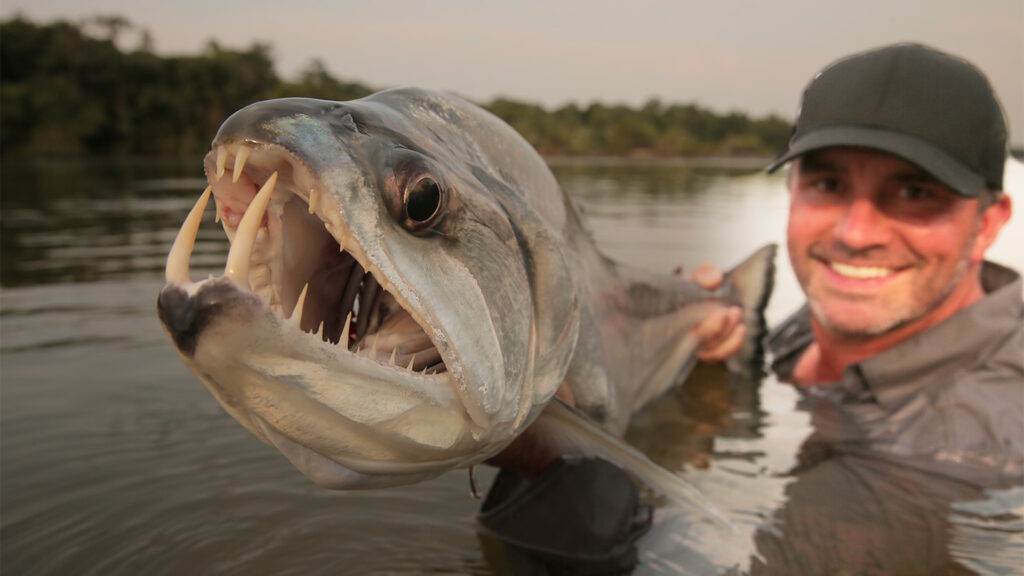
While peacock bass may be the primary target, the Amazon’s waters host numerous other spectacular gamefish that anglers might encounter during their expedition. The payara, often called the “vampire fish” or “saber-tooth characin,” features impressive fangs and makes blistering runs when hooked. The massive arapaima (pirarucu), one of the world’s largest freshwater fish reaching lengths over 10 feet, offers a true test of strength and equipment for those specifically targeting them in shallow lagoons. Traíra and wolf fish provide aggressive strikes similar to peacocks but with their own unique fighting characteristics. Giant catfish species, including redtails, jaus, and the goliath piraíba (which can exceed 300 pounds), inhabit the deeper river channels. Various piranha species, despite their fearsome reputation, make for entertaining light-tackle fishing and tasty camp meals. This diversity means anglers should be prepared for unexpected catches that might test both their skills and their tackle beyond what they anticipated for peacock bass.
Wildlife Encounters Beyond Fishing
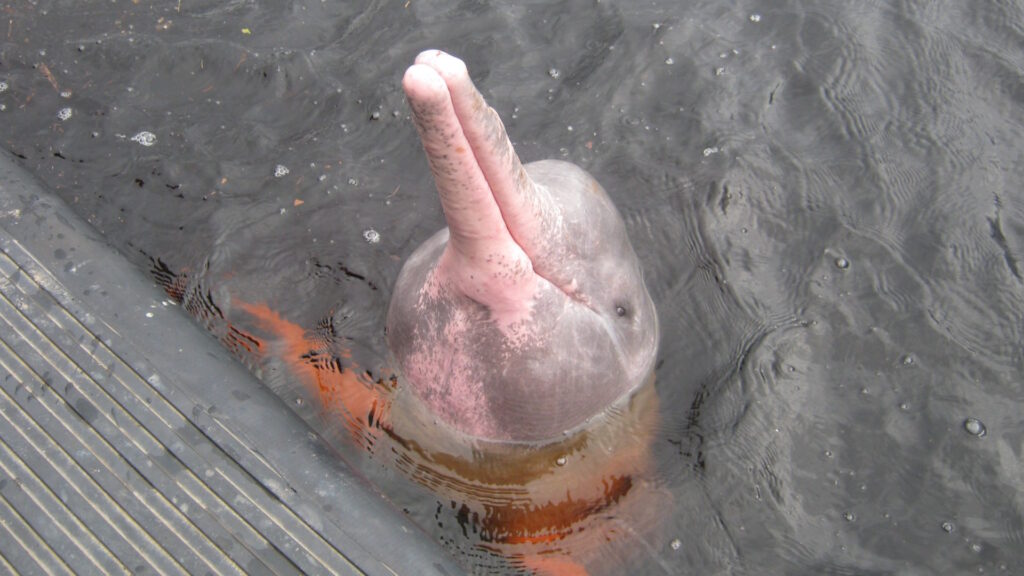
An Amazon fishing expedition offers wildlife viewing opportunities that rival the fishing itself, with countless memorable encounters occurring between fishing sessions. Pink river dolphins, locally known as botos, often surface near fishing boats, their unusual coloration and curious nature making them favorites among visitors. Various monkey species swing through riverside trees, including howlers whose territorial calls echo across the forest. Caiman, the Amazon’s crocodilians, are frequently spotted along shorelines or swimming near boats, occasionally reaching massive sizes in remote areas. Birdlife is extraordinarily diverse, with everything from tiny hummingbirds to massive jabiru storks and prehistoric-looking hoatzins visible from the water. More fortunate anglers might glimpse elusive jaguar, tapir, or giant river otters during their journey. These wildlife encounters provide a broader context for the fishing experience, reminding anglers they’re visitors in one of Earth’s most biodiverse ecosystems rather than merely a fishing destination.
Cultural Experiences and Indigenous Knowledge
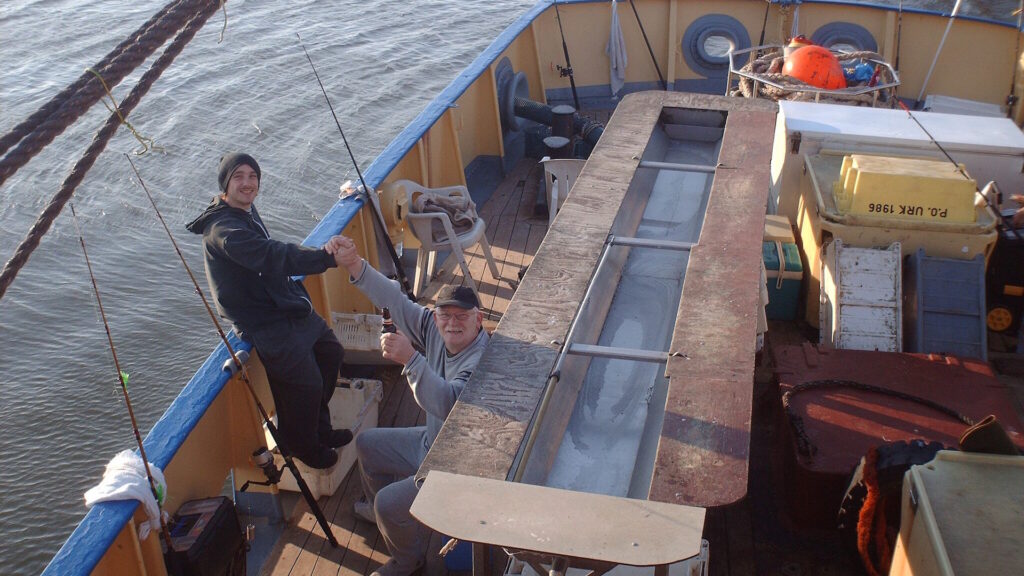
Many Amazon fishing expeditions offer opportunities to interact with indigenous communities whose ancestral knowledge of the river systems and fish behavior has been developed over countless generations. These encounters provide invaluable insights into traditional fishing methods, from handcrafted wooden lures to techniques passed down through oral tradition that often prove remarkably effective even compared to modern approaches. Some outfitters employ indigenous guides whose intimate understanding of the waters frequently leads to exceptional fishing success. Village visits may include demonstrations of traditional crafts, medicinal plant use, and food preparation, offering a glimpse into ways of life deeply connected to the river’s rhythms. These cultural exchanges benefit local communities through economic opportunities while enriching the angler’s experience with perspectives that transcend the sporting aspect of the journey. Responsible operators ensure these interactions are conducted respectfully and with fair compensation to the communities involved.
Conservation Challenges and Responsible Angling
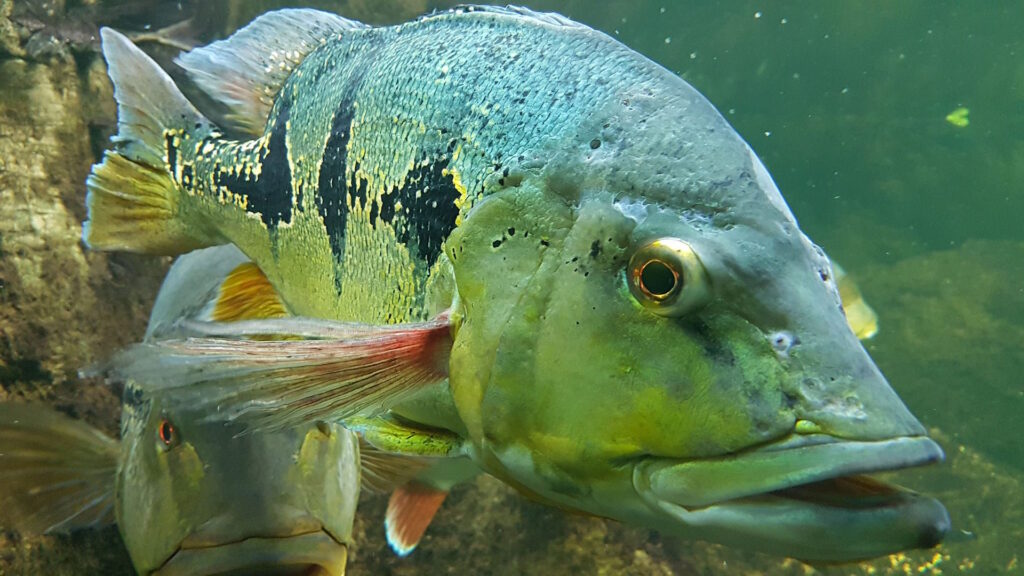
The future of peacock bass fishing faces several conservation challenges that require awareness and action from the angling community. Habitat destruction through deforestation, mining, and dam construction threatens the ecosystem upon which peacock bass depend, altering water flow, temperature, and clarity. Overfishing in some areas, particularly through commercial netting near population centers, has reduced numbers in once-productive waters. Climate change impacts, including altered rainfall patterns and river levels, create additional stresses on fish populations. Responsible anglers can make a difference by supporting catch-and-release practices, particularly for larger breeding specimens, and by choosing outfitters committed to sustainable fishing and community development. Some fishing operations actively contribute to conservation efforts through scientific partnerships, habitat protection initiatives, and educational programs for local communities. The economic value of recreational fishing provides powerful incentives for preserving these ecosystems, as healthy peacock bass populations generate more sustainable income through tourism than through harvest.
Preparing for the Unexpected: Health and Safety
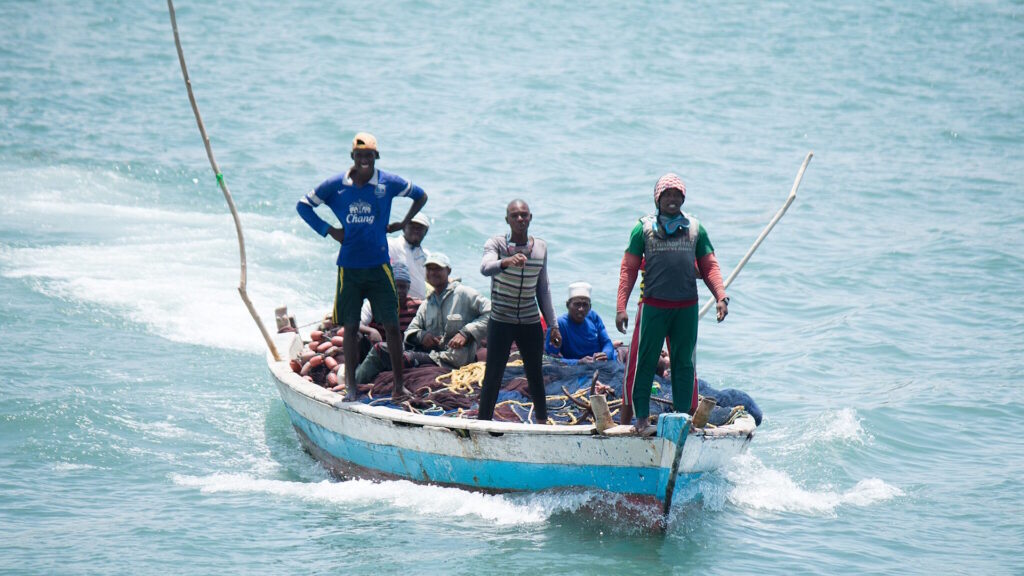
The remote nature of Amazon fishing expeditions necessitates thorough preparation for health and safety challenges that might arise far from modern medical facilities. Hydration is paramount in the tropical climate, with anglers needing to consume significantly more water than they might anticipate, preferably from purified sources provided by their outfitter. Sun protection goes beyond comfort to become a serious health concern, requiring high-SPF sunscreen, protective clothing, and awareness of exposure times. Insect-borne diseases remain a risk despite improvements in prevention, making proper vaccinations, antimalarial medications, and diligent repellent use essential precautions. Quality outfitters maintain satellite communication equipment, first aid supplies, and evacuation plans for medical emergencies, though anglers should still carry personal medical kits with prescription medications. Understanding the capabilities and limitations of your chosen operation regarding emergency response should factor into your selection process, particularly for travelers with pre-existing medical conditions that might require urgent care.
Capturing Memories: Photography Tips

Documenting your Amazon peacock bass adventure presents unique challenges and opportunities for photographers. The harsh contrasts between bright tropical sunlight and deep forest shadows require careful exposure management, often making early morning and late afternoon the ideal times for dramatic fishing photographs. Waterproof cameras or protective housings are essential investments, as unexpected splashes, rain showers, and high humidity threaten electronic equipment. Experienced Amazon anglers recommend lightweight camera systems that can be quickly deployed one-handed when a fish strikes, as the most spectacular moments—leaping peacocks and explosive surface strikes—occur without warning. Beyond fishing action, the Amazon offers extraordinary opportunities for landscape, wildlife, and cultural photography that provide context for your angling achievements. Many guides have developed specific techniques for handling peacock bass that minimize stress on the fish while allowing for quick, beautiful photographs that showcase their vibrant colors before a safe release.
The Transformative Nature of Amazon Fishing Adventures

Beyond the catches, statistics, and photographs, Amazon peacock bass expeditions often leave anglers profoundly changed by their experiences in one of Earth’s last great wilderness areas. Many participants describe a renewed perspective on environmental conservation after witnessing both the incredible biodiversity and the visible impacts of deforestation and development at the rainforest’s edges. The disconnection from technology and constant communication, though initially uncomfortable for some, frequently leads to deeper connections with fellow anglers and a more mindful appreciation of natural surroundings. The challenges overcome during the journey—from physical demands of fishing in tropical heat to adapting to unfamiliar environments—build confidence that extends beyond fishing. Veteran Amazon anglers often speak of a spiritual dimension to these trips, where the primal connection between angler and fish, played out in a setting largely unchanged for millennia, reveals something essential about our relationship with the natural world. This transformative quality explains why so many anglers return repeatedly to the Amazon, each trip revealing new dimensions of both the ecosystem and themselves.
Conclusion
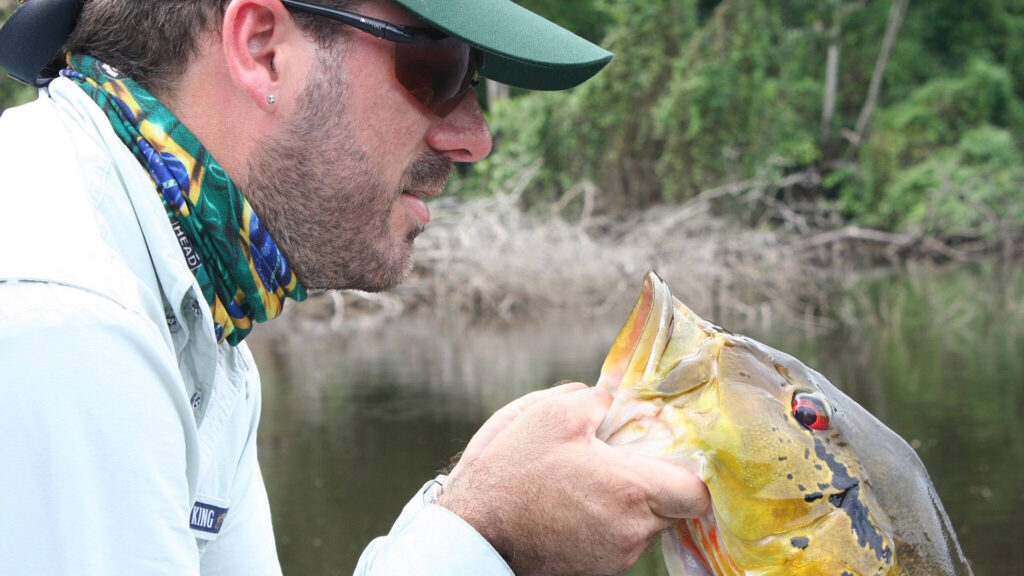
For the adventurous angler seeking both world-class fishing action and a journey into one of Earth’s most remarkable ecosystems, few experiences can match an Amazon peacock bass expedition. These trips combine the adrenaline rush of explosive strikes and powerful fights with the wonder of exploring pristine waterways teeming with extraordinary wildlife. Beyond the fishing itself, these journeys offer windows into traditional cultures, opportunities for conservation awareness, and moments of connection with nature increasingly rare in our modern world. Whether you’re a seasoned international angler or contemplating your first fishing expedition abroad, the brilliant colors, heart-stopping strikes, and untamed spirit of the Amazon peacock bass await, promising an adventure that transcends ordinary fishing trips to become something truly unforgettable.
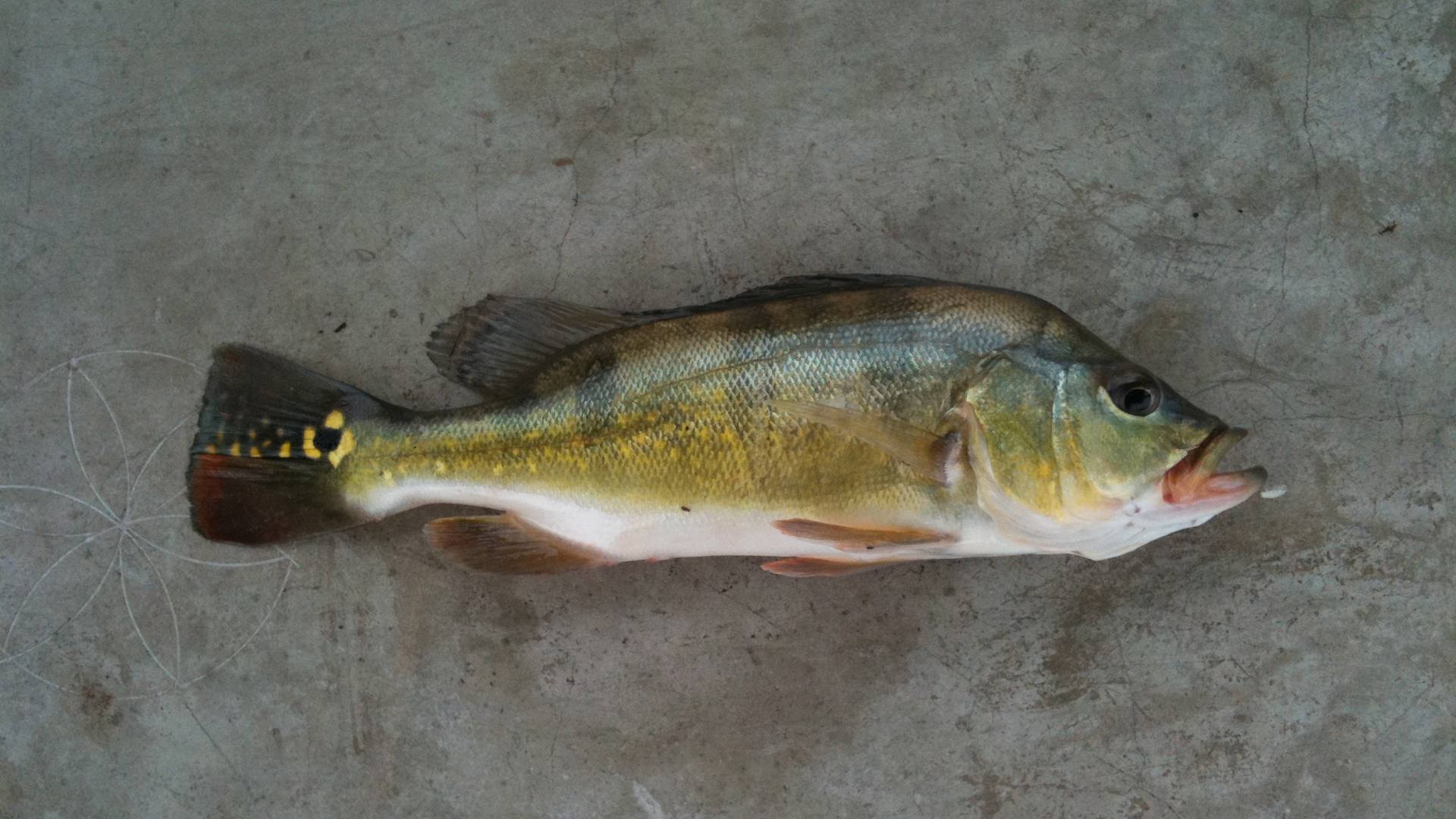
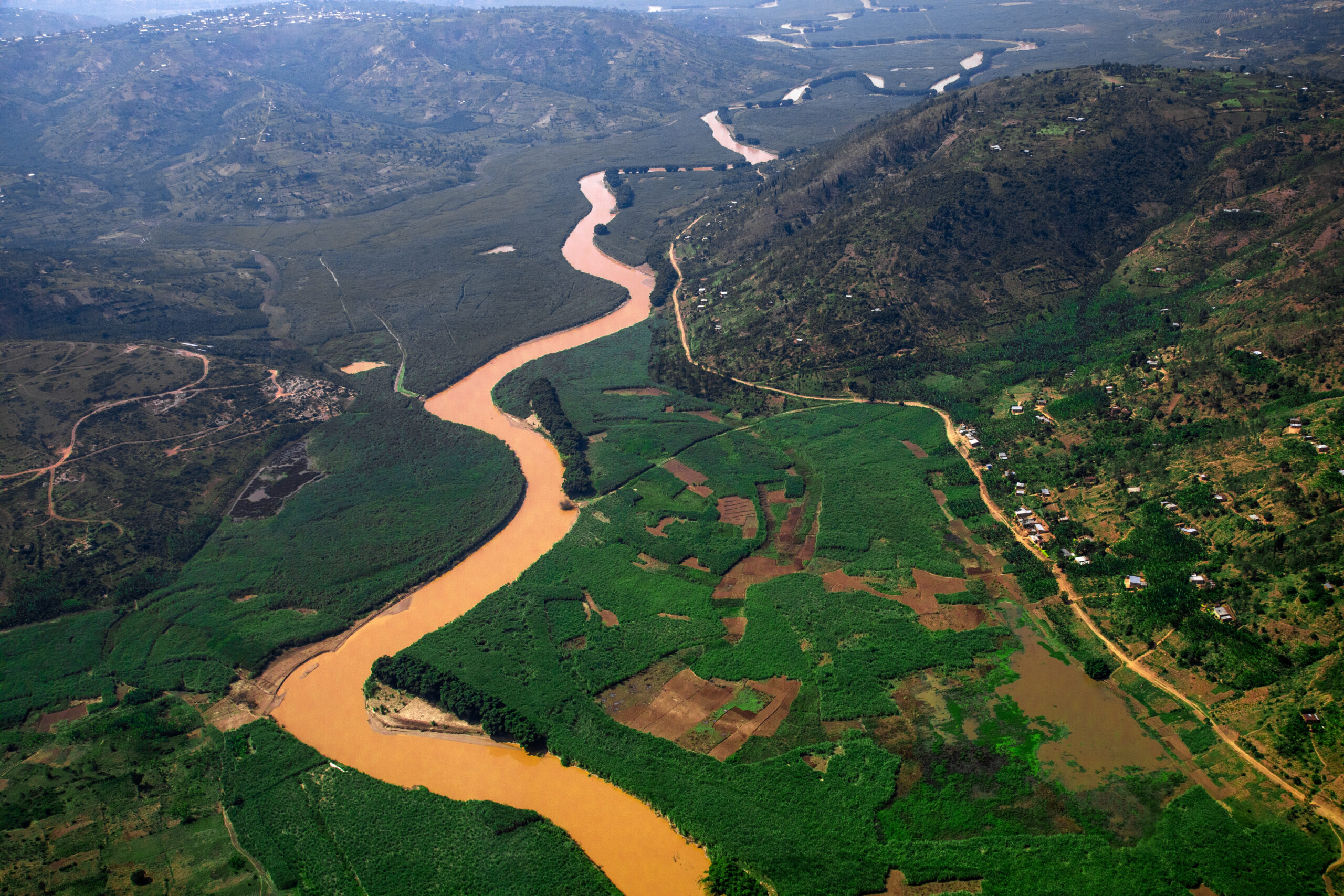

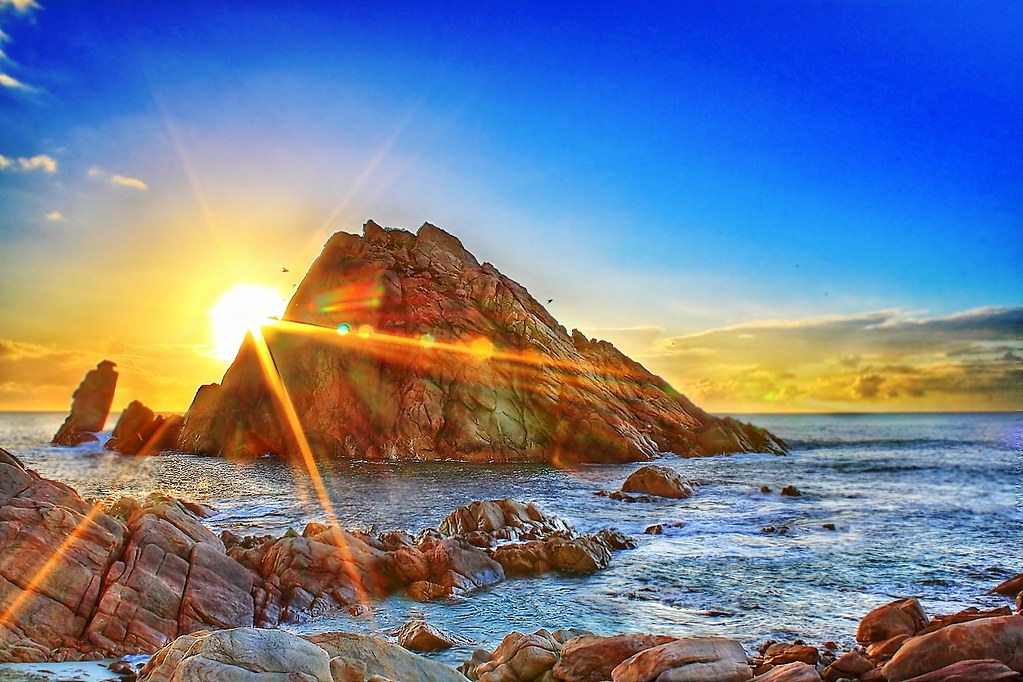










Post Comment